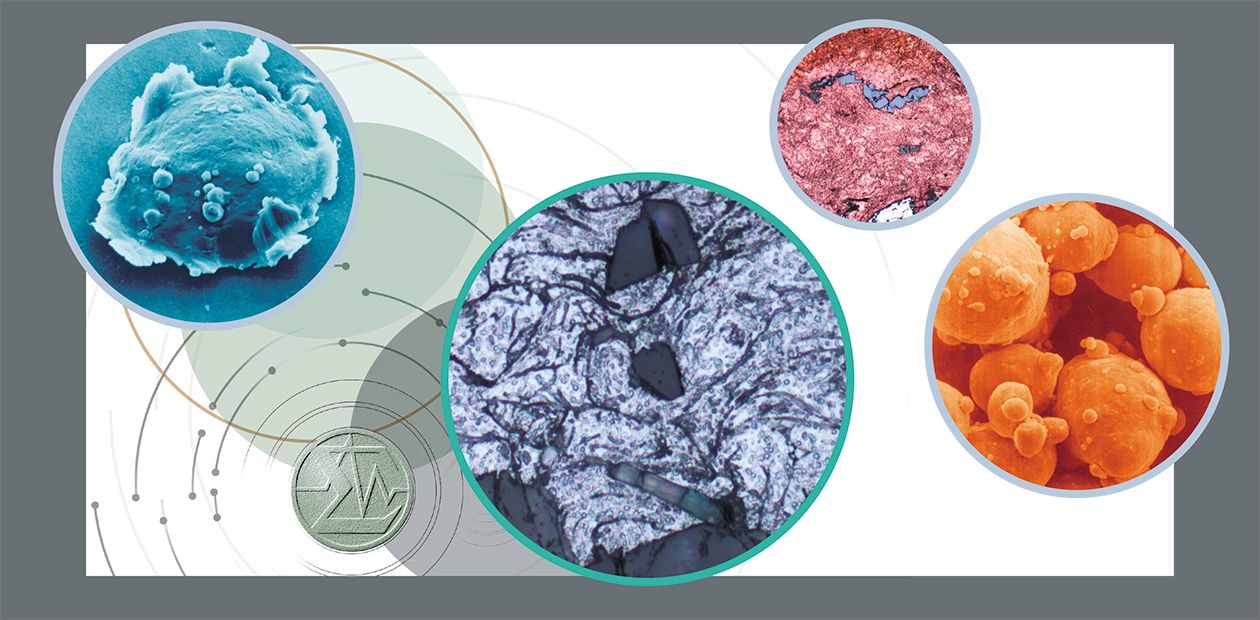From Melting to Acceleration
Plasma, detonation, high-velocity oxy-fuel spraying, and other high-temperature methods of obtaining multicomponent coatings have been assumed to have no alternatives until recently. Now they have met a mighty rival
The cold gas-dynamic spray phenomenon was first discovered in the early 1980s at the Khristianovich Institute of Theoretical and Applied Mechanics of the Siberian Branch of the Russian Academy of Sciences (Novosibirsk) during experimental investigations of a supersonic gas flow containing aluminum particles around blunted bodies at stagnation temperatures of about 0—20 ° C.
The common belief at that time was that stable coatings were formed by spraying melted or close to melted particles. Having demonstrated that this statement was invalid, the effect discovered gave rise to rapid development of a new method of coating application which was called the cold gas-dynamic spray (CGS), and to creation of new technologies and facilities.
The essence of CGS is to accelerate rather than melt. Further investigations performed with a supersonic heterogeneous jet accelerated in the nozzle and impinging onto a substrate for deposition demonstrated the governing role of the particle velocity. For metal particles finer than 50 µm, there exist critical velocities (500—600 m/s) of their interaction with the substrate. Surface erosion occurs if the particle velocity is lower than the critical value. Particle velocities exceeding the critical value lead to deposition. It is important that the properties of resultant coatings (adhesion, porosity, microhardness, etc.) depend on the velocity of deposited particles.
The CGS process does not involve intense thermal actions on particles; hence, there are neither adverse side effects such as oxidation or phase transitions nor rigorous restrictions on the particle size. As the nozzle size is proportional to the particle size and the nozzle diameter can be reduced to 1 mm and smaller, there is a direct path to nanotechnologies seen here.
By the CGS method, coatings can be obtained not only by using single-component powders, but also their mixtures. The deposition of each material being effective at certain values of particle temperature and velocity, these values can differ substantially for different components of the mixture, e. g., in the case of aluminum particles mixed with iron or titanium.
The researchers proposed a nozzle unit which made it possible to control the temperature and velocity of deposited particles not only by varying the gas-flow and mixture component parameters, but also by injecting mixture components independently into different flow regions so as to achieve their optimal deposition. With this unit, the process of obtaining high-quality coatings with different combinations of components becomes flexible and controllable.
A new promising field in CGS development is obtaining ceramic-metal coatings for various functional purposes (wear-resistant, erosion-resistant, friction, etc.). Addition of ceramic particles to the metal powder makes it possible to apply composite metal-ceramic. The metal component in these coatings acts as a matrix holding ceramic particles. It was experimentally demonstrated that formation of such coatings has some specific features caused by the mutual influence of ceramic and metal particles on the deposition process. In particular, the coating adhesion, strength, wear resistance, and other properties are improved.
Cold gas-dynamic spray can be successfully used both for basic research of the CGS phenomenon and for development of its applications to obtain versatile promising materials.
References
Alkhimov A. P., Kosarev V. F., Fomin V. M., and Klinkov S. V. Cold Gas-Dynamic Spray. Theory and Practice / Fizmatlit Publishing House, 2010.
Papyrin A., Kosarev V., Klinkov S. et al. Cold Spray Technology // Elsevier Science. 2007. 336 p.





